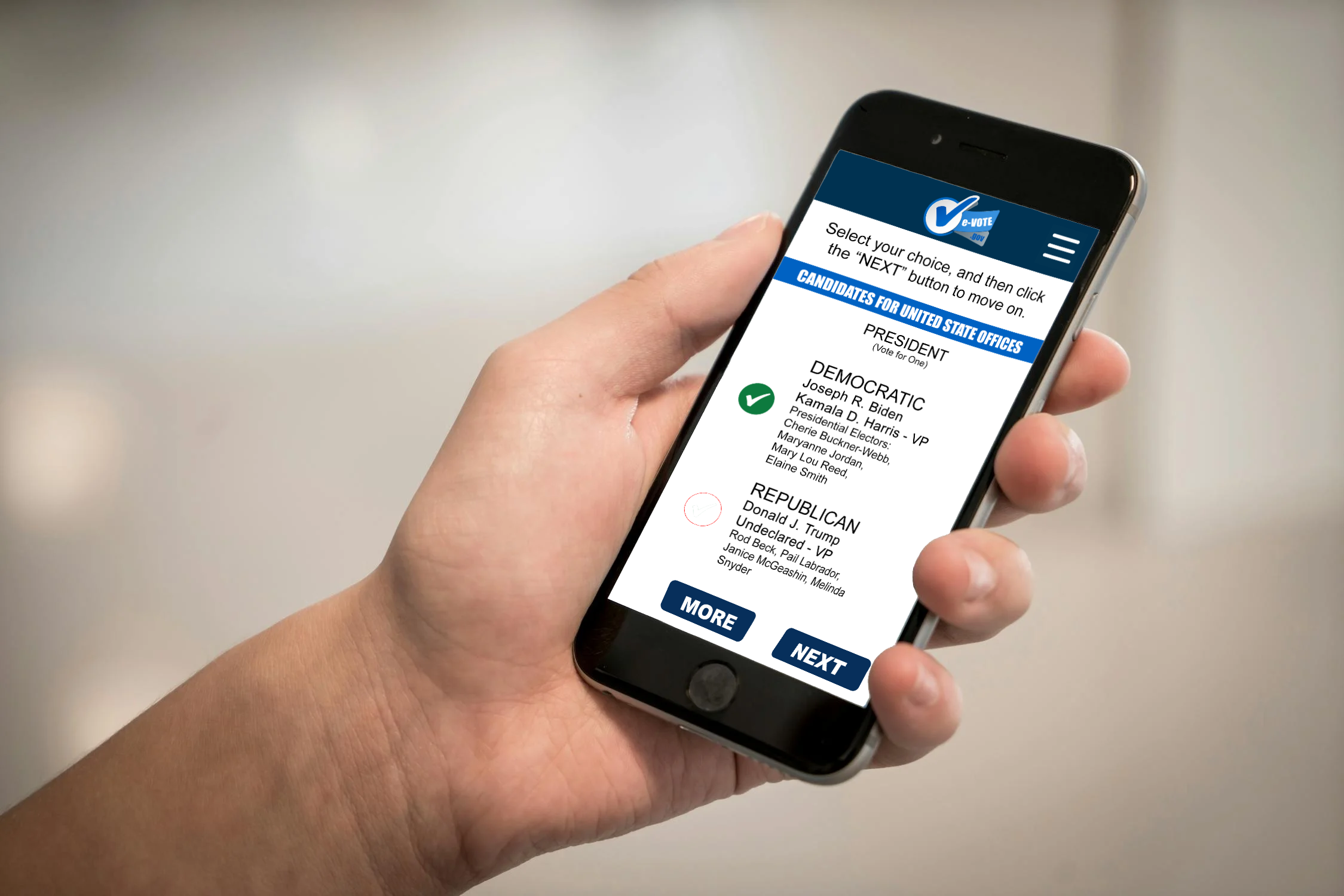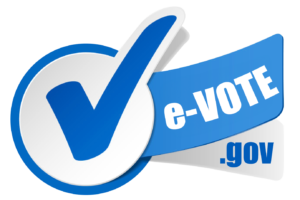Implementing an Electronic Voting System for Modern Democracy : A Proposal to the United States Congress

Introduction: In today’s rapidly evolving technological landscape, it is imperative that our democratic processes evolve accordingly. The implementation of an electronic voting system presents an opportunity to modernize and enhance the integrity of our electoral process. This proposal outlines a comprehensive plan for the development and implementation of such a system, focusing on stringent verification measures, accessibility, robust security protocols, and the necessary technical infrastructure.
Verification Process: Central to the integrity of the electronic voting system is a rigorous verification process designed to ensure the authenticity of each voter. Upon accessing the e-Vote platform, users would be required to authenticate their identity using multiple layers of security. This includes inputting their social security number, a unique Voter-ID PIN issued by the federal government, and a personal 6-digit PIN for two-factor authentication. Additionally, participation in the e-Vote system would necessitate possessing a federally, state, or tribal-issued ID, providing an additional layer of verification.

Accessibility: One of the primary objectives of the electronic voting system is to enhance accessibility for all eligible voters. By digitizing the ballot process, voters can conveniently access their customized ballots, including local initiatives and candidates, from anywhere with an internet connection. This ensures that every voice is heard, regardless of geographic location or mobility constraints.
Technical Infrastructure: The backbone of the e-Vote system’s security and reliability lies in its technical infrastructure. The platform would be hosted on secure servers housed in geographically dispersed data centers to ensure redundancy and minimize downtime. A robust content delivery network (CDN) such as Cloudflare would be utilized to distribute voting data and resources across multiple servers, optimizing performance and mitigating the risk of DDoS attacks. Additionally, the e-Vote platform would incorporate advanced encryption algorithms to protect sensitive voter information and ensure data integrity during transmission and storage.
Security Protocols: Security is paramount in the design and implementation of the electronic voting system. Constant monitoring by a specialized election integrity unit within the FBI, in coordination with intelligence agencies, would safeguard against cyber threats and foreign interference. Advanced intrusion detection and prevention systems (IDPS) would be deployed to detect and respond to unauthorized access attempts in real-time. Furthermore, the e-Vote platform would implement multi-factor authentication mechanisms, such as biometric verification or hardware tokens, to prevent unauthorized access to voter accounts. Regular security audits and penetration testing would be conducted to identify and address potential vulnerabilities proactively.
Implementation Timeline: To ensure a smooth transition to the electronic voting system, a phased implementation approach is proposed. The development and testing phases would be conducted over a period of three years, followed by a gradual rollout to select pilot states. Feedback from pilot programs would be used to refine the system before full-scale deployment. All states would be mandated to participate in the program by October 1, 2030, allowing sufficient time for training and education initiatives to familiarize voters with the new system and address any concerns or challenges. Perhaps this initiative could be included as part of the Freedom to Vote Act (S. 2747)?
Budget Requirements: The successful implementation of the electronic voting system will require significant financial investment in research, development, and implementation. Based on current knowledge of government budgets for special programs, the estimated budget for this initiative is projected to be in the range of $5 billion to $10 billion over a period of five years. This funding would cover the costs associated with software development, hardware infrastructure, security measures, training programs, and ongoing maintenance and support.
Conclusion: The implementation of an electronic voting system represents a significant step forward in modernizing our electoral process. By leveraging technology to enhance security, accessibility, and efficiency, we can uphold the integrity of our democratic principles and ensure that every eligible voter has the opportunity to participate in free and fair elections. This proposal lays the groundwork for a more inclusive and resilient democracy, setting the stage for continued progress and innovation in the years to come.
This proposal authored by Joshua Schooley is considered intellectual property and should be treated as such. Any utilization of unique ideas contained within this proposal by the United States Congress or any other entity should be appropriately credited to Joshua Schooley.
